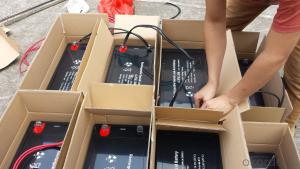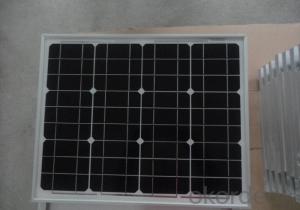10kw Hybrid Solar Inverter
10kw Hybrid Solar Inverter Related Searches
Canopy For Solar Inverter Awning For Solar Inverter Solar Inverter For Rv Inverter For Solar Quality Solar Inverter Best Solar Inverter In Kerala Top Solar Inverter In Pakistan Plug In Solar Inverter Solar Inverter In Pakistan Spd In Solar InverterHot Searches
Type Of Inverter For Solar Types Of Inverter For Solar Used Solar Inverter For Sale Inverter Size For Solar System Solar Edge Inverter For Sale 5kw Solar Inverter For Sale Solar Inverter For Sale Solar Inverter For Battery Solar Inverter For Split Ac Solar Inverter For Laptop Solar Inverter For Fridge Solar With Inverter Price Solar Inverter With 2 Battery Solar Inverter With Ac Outlet Solar Inverter Price In China Best Solar Inverter In China Solar Inverter Price In Dubai Solar Inverter Price In Uae Solar Inverter Price In Kenya Solar Inverter For Fridge10kw Hybrid Solar Inverter Supplier & Manufacturer from China
Okorder.com is a professional 10kw Hybrid Solar Inverter supplier & manufacturer, offers integrated one-stop services including real-time quoting and online cargo tracking. We are funded by CNBM Group, a Fortune 500 enterprise and the largest 10kw Hybrid Solar Inverter firm in China.Hot Products
FAQ
- Yes, solar inverters are typically weatherproof and designed to withstand different weather conditions such as rain, snow, and heat. However, it is essential to ensure that the solar inverter is installed correctly and protected from extreme weather conditions to maintain its performance and longevity.
- The role of a maximum power control feature in a solar inverter is to optimize the energy output of the solar panels by constantly tracking the maximum power point (MPP) of the solar array. This feature adjusts the operating conditions of the inverter to ensure that it operates at the highest possible efficiency, maximizing the energy harvested from the solar panels and improving overall system performance.
- The cost of a solar inverter can vary depending on the brand, size, and features. On average, a basic solar inverter can range from $500 to $2000. However, more advanced or larger capacity inverters can cost upwards of $5000. It is important to consider the quality and efficiency of the inverter when determining its cost as it plays a crucial role in the overall performance of a solar power system.
- A solar inverter handles excess power production by redirecting the surplus energy back into the grid or storing it in batteries for later use.
- A grid-tied solar inverter is designed to work with the traditional utility grid. It converts the DC power generated by solar panels into AC power that can be used in the home or business, and any excess power can be fed back into the grid. In contrast, an off-grid solar inverter is used in standalone systems, where there is no connection to the utility grid. It converts the DC power generated by solar panels into AC power for immediate use or for storage in batteries, ensuring a reliable power supply in isolated areas or during power outages.
- The role of a solar inverter in preventing overloading is to monitor the flow of electricity from the solar panels and regulate the amount of power being generated and fed into the electrical grid. It ensures that the solar system operates within its capacity and prevents excessive power generation that could lead to overloading and potential damage to the system or the electrical grid.
- A solar inverter handles voltage fluctuations from the solar panels by employing a technique called Maximum Power Point Tracking (MPPT). The MPPT algorithm continuously monitors the voltage and current output of the solar panels and adjusts the operating point to ensure maximum power transfer. This allows the inverter to adapt to varying sunlight intensity and temperature conditions, efficiently converting the DC power generated by the panels into standard AC power. The inverter also incorporates voltage regulation and protection mechanisms to ensure stable and safe operation despite any voltage fluctuations.
- The safety features of a solar inverter typically include surge protection, overvoltage protection, short circuit protection, ground fault detection, and overtemperature protection. These features help to prevent damage to the inverter and the electrical system, ensuring safe and reliable operation.











































